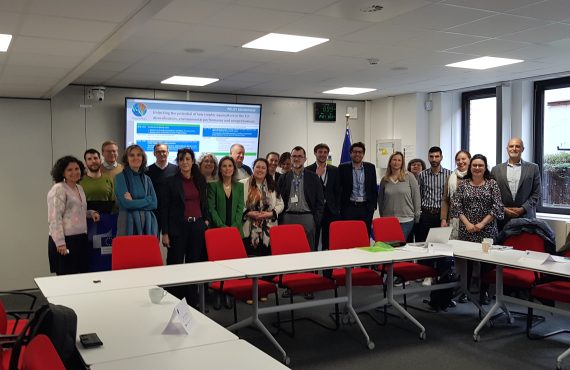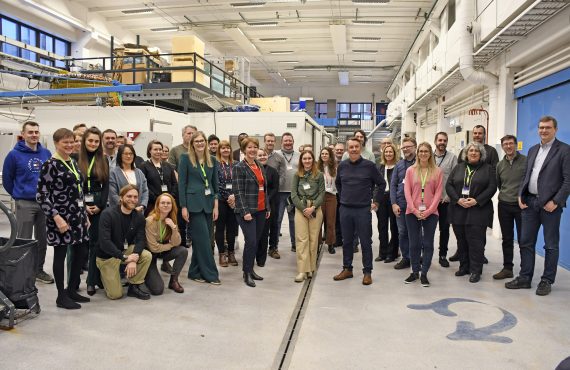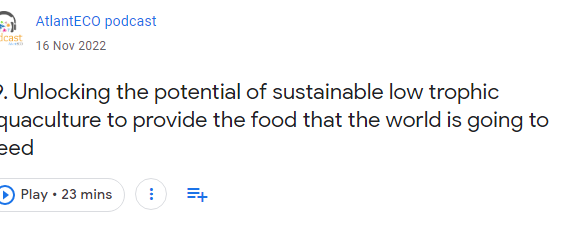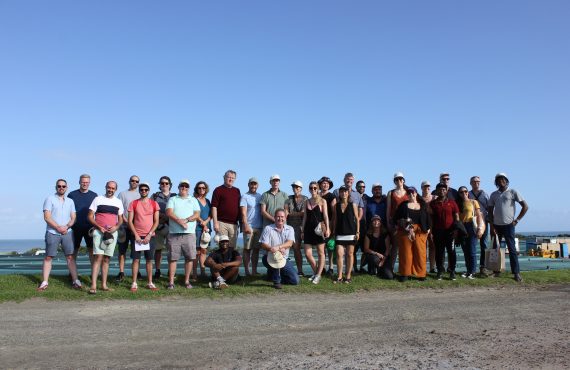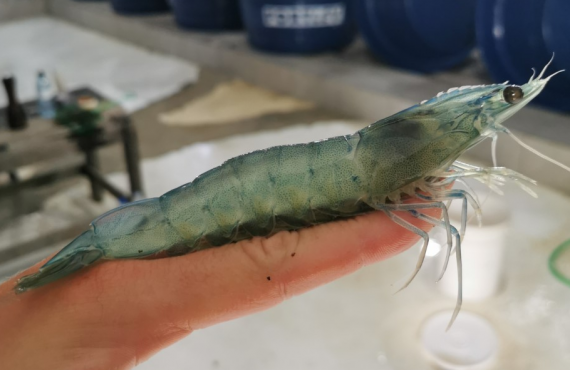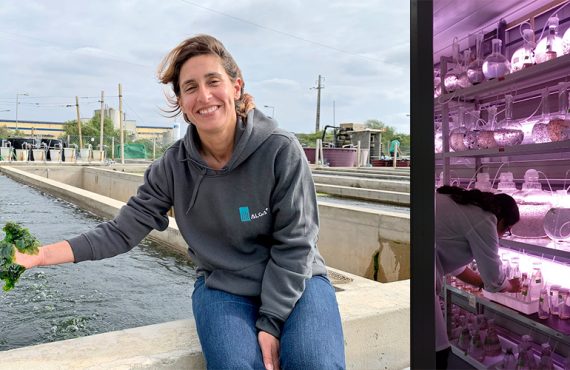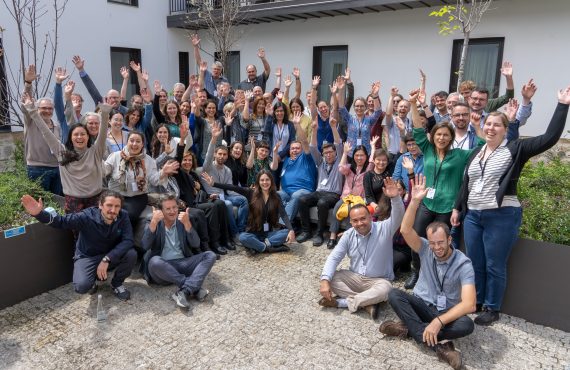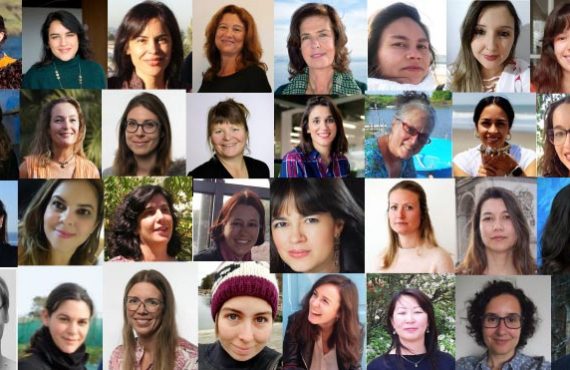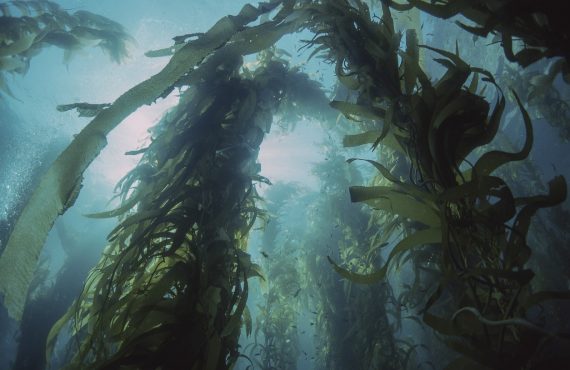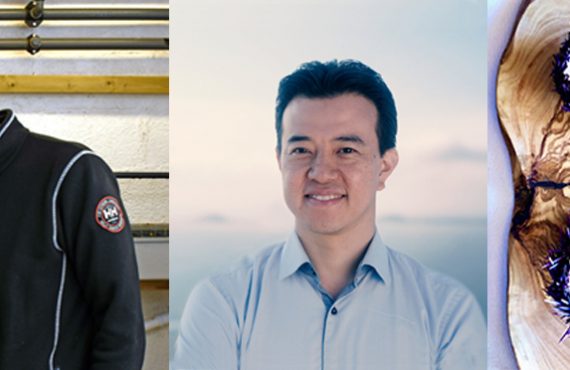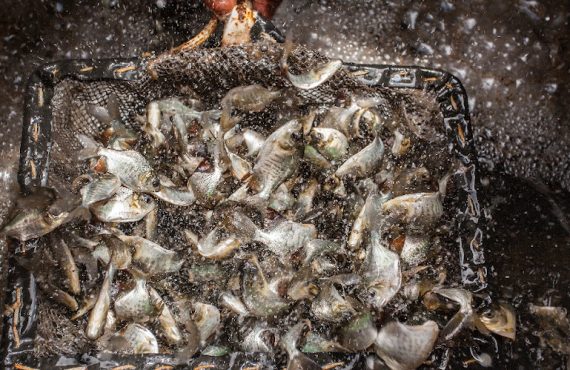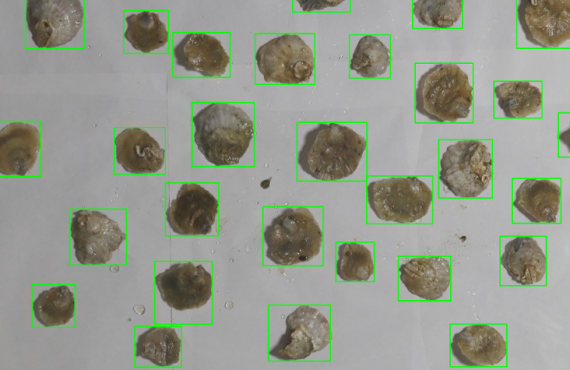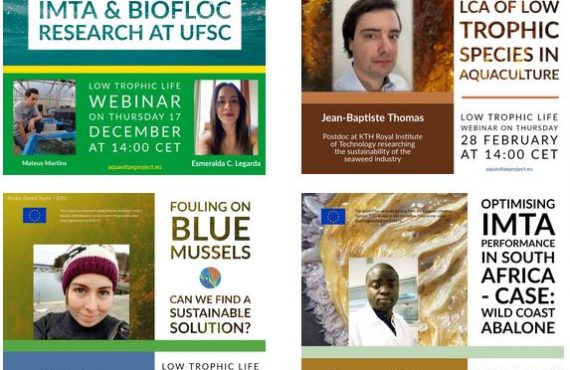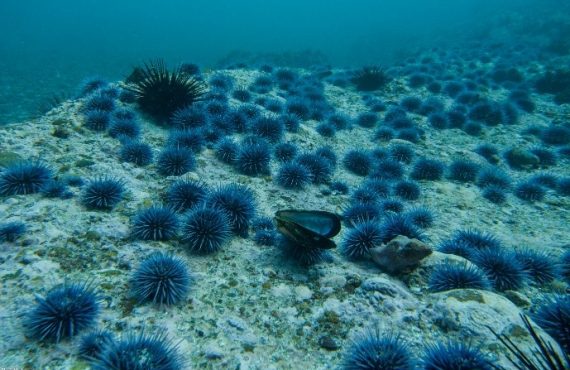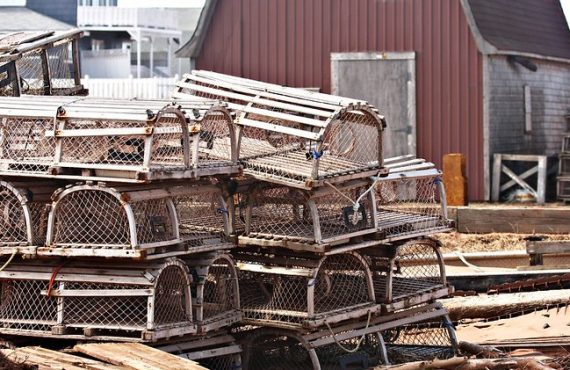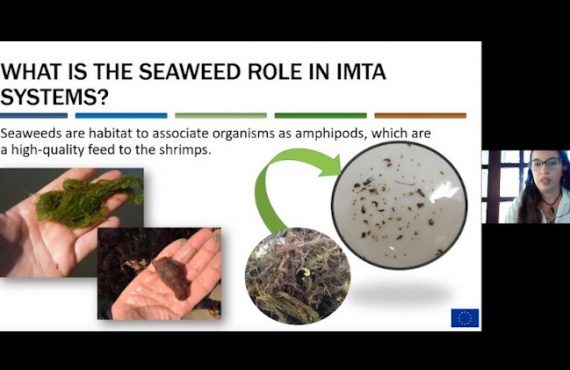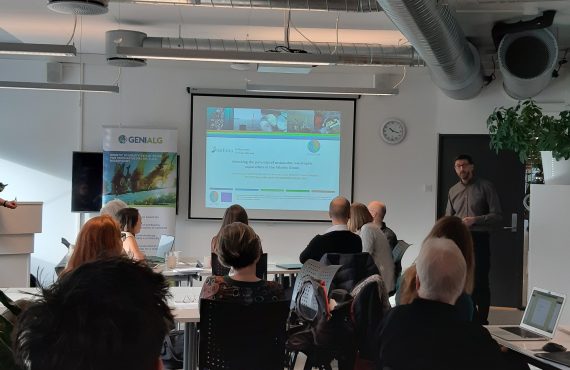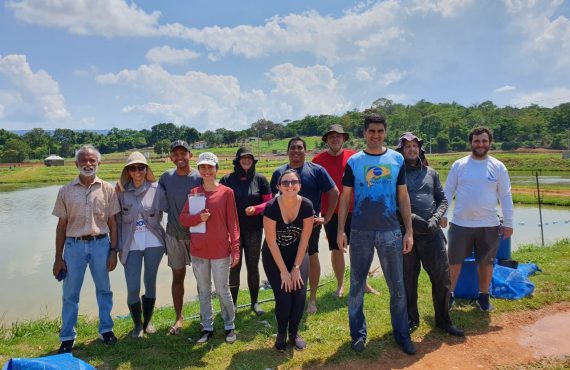Bas Wensveen fieldworking – Photos: Bas Wensveen
By Bas Wensveen, master’s degree in Sweden at University of Gothenburg
The flat oyster (Ostrea edulis) has almost completely disappeared in both natural and aquacultural environments all over Europe. The abandonment of the oyster within the aquaculture sector is mostly due to diseases and better alternatives like the pacific oyster (Magallana gigas).
The flat oysters that are currently being cultivated are mostly in (semi) open systems connected to the sea. This traditional way of cultivating oyster has shown success by simulating the process that happens in nature whilst being able to somewhat control of the conditions in these open basins.
Flat oysters as a food source
In the nearby future the need for a more sustainable food production will be crucial. A growing population and a loss of nature are some factor to consider along with a continuous strain on our ecosystems that are leading towards being a threat for the existence for humankind on earth. The need for a cheap and reliable food source is becoming more apparent every year.
The mass production of oysters would offer an excellent alternative protein source to a lot of communities around the world introducing aquacultural solutions to feed the growing population, especially in some parts of Europe. Besides generating a source of proteins, oysters also have a number of beneficial traits for the environment, which leaves them with almost no ecological footprint. Amongst these benefits there is an improvement of the local water quality due to their filtration capabilities. In the wild the oysters create reefs, which increase the biodiversity in the local area by offering shelter to lots of other species. Besides, denitrification removes the excess nutrients in the water column.

Problems with seed production
There are a couple of reasons why flat oysters are still not being produced and sold in mass. These days the sector faces some problems with the production of oyster seeds. As mentioned above, the current seed production consists on placing oysters in basins which simulate the natural reproduction process with success.
For the oyster sector to be able to grow and compete with other cheaper sources of food, the mass production of oyster seed is required. One way of producing oyster seeds in mass would be to produce them in small scale hatcheries. These hatcheries are a controlled environment where a more intense reproduction cycle can take place.
Being able to control the reproduction cycle and making sure that the brood grows out to fully grown oysters, would be crucial in making flat oyster aquaculture a success.
Get a better grip on the reproduction process
To better understand the reproduction cycle, Gothenburg University and environmental institute IVL looked into the understanding of the beginning of the reproduction cycle. Currently there is a model which would be able to predict when oysters are ready to release their larvae (spawning).
By evaluating this model, it is possible to apply or further define the model and look for its applications within flat oyster aquaculture. The data used for the analysis came from researcher Colin Hannon, based in Ireland where he collaborates with an oyster hatchery at Cartron point. This collaboration was created due to the successes of reproduction of the flat oysters at the company. From there, further research was put into trying to better understand the reproduction cycle of flat oysters. The system that they use is an outdoor basin system.

Results
The results showed that the model was not a great fit to predict when spawning and first larvae take place. The results differed depending on the year. The reproduction cycle of the flat oyster is driven by external factors, being temperature the most important. No year has the same temperature cycle, which would explain why the model is not a really good fit for these outdoor systems. The results semi underline why it would be important to run this process in a hatchery where temperature could be a more controllable parameter.
At the same time, the results show that the model was better at predicting when a first larvae peak (15 larvae per liter of water) occurred. Which is relevant for oyster hatchers as they are interested in catching the peaks of larvae to settle. The experiment gave further insight into what the influence is of temperature on the reproduction process. Furthermore, it was able to predict the variable, which is most relevant to oyster farmers. Parallelly, it showed the need for the process to be run into hatchery systems because of temperature control is smaller scale systems.
Check the full recording of the webinar
“The possibilities of flat oyster aquaculture in Europe” was presented by Bas Wensveen and recorded on June 23rd 2022:














